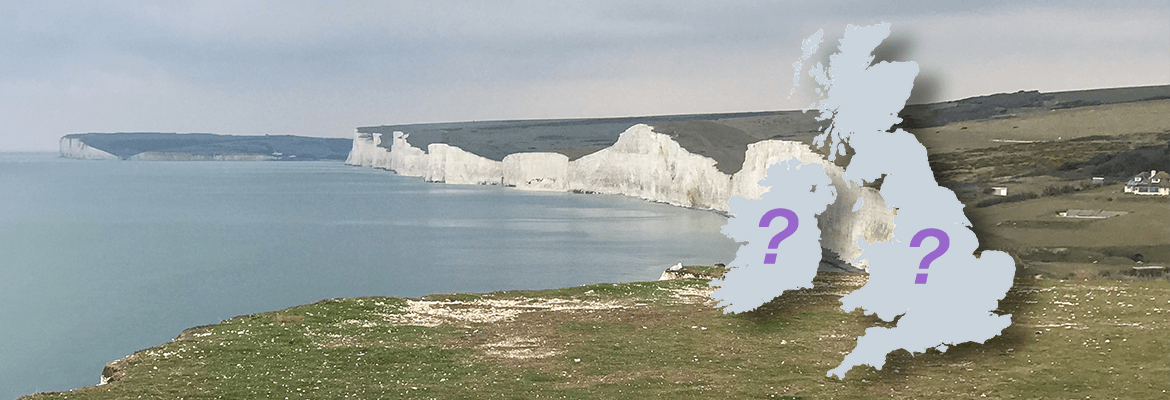
Checklist Number
56.0003
Meyrick (1887) records the capture of a single specimen on 1st September 1887 by E.W.S. Schwabe, a pupil at Marlborough College, in the mountains above the Penrhyn slate quarries, about 7 miles from Bangor in Caernarvonshire, Wales: "A specimen of Parnassius Delius [a synonym of Parnassius phoebus] was taken this summer near Bangor by Mr. E. W. S. Schwabe, a youthful pupil of this College, and was lately submitted to me for identification. It is the ordinary alpine form of this species, which is stated to be more restricted in range, and more exclusively alpine, than the commoner P. Apollo. Mr. Schwabe informs me that he took the specimen on September 1st in the mountains above the Penrhyn slate quarries, about seven miles from Bangor, near three small lakes; the sun was shining, but there had been rain earlier, and the insect was in a semi-torpid condition, and easily captured; it is rather worn. There can be no question of the authenticity of the capture; yet I think it must be regarded as highly improbable that the species is a native of these shores, or even an occasional immigrant. The most reasonable explanation seems to me to be that some admirer of the insect has imported pupae, bred the butterflies, and turned them out in the Welsh mountains as the most suitable situation, in the hope that the species might establish itself. Perhaps some information may now be forthcoming. - E. Meyrick, The College, Marlborough: September 25th, 1887".
It is thought that this specimen was either a deliberate release of a captive-bred individual, or the result of an immature stage that had been imported in alpine plants (the primary foodplant being Yellow Saxifrage, Saxifraga aizoides), which are grown in rock gardens.
| Family: | Papilionidae | Latreille, 1802 |
| Subfamily: | Parnassiinae | Duponchel, 1835 |
| Tribe: | Parnassiini | Duponchel, 1835 |
| Genus: | Parnassius | Latreille, 1804 |
| Subgenus: | ||
| Species: | phoebus | (Fabricius, 1793) |